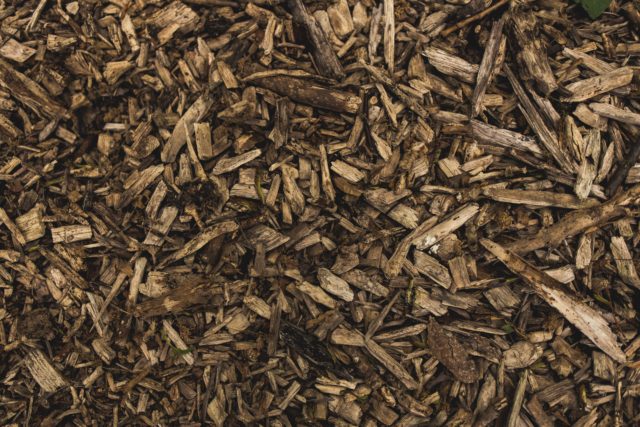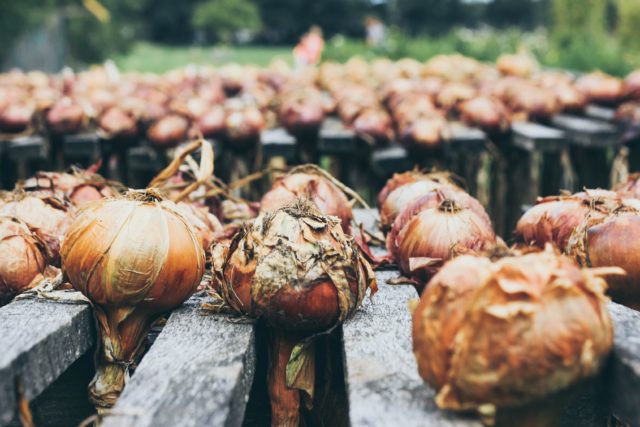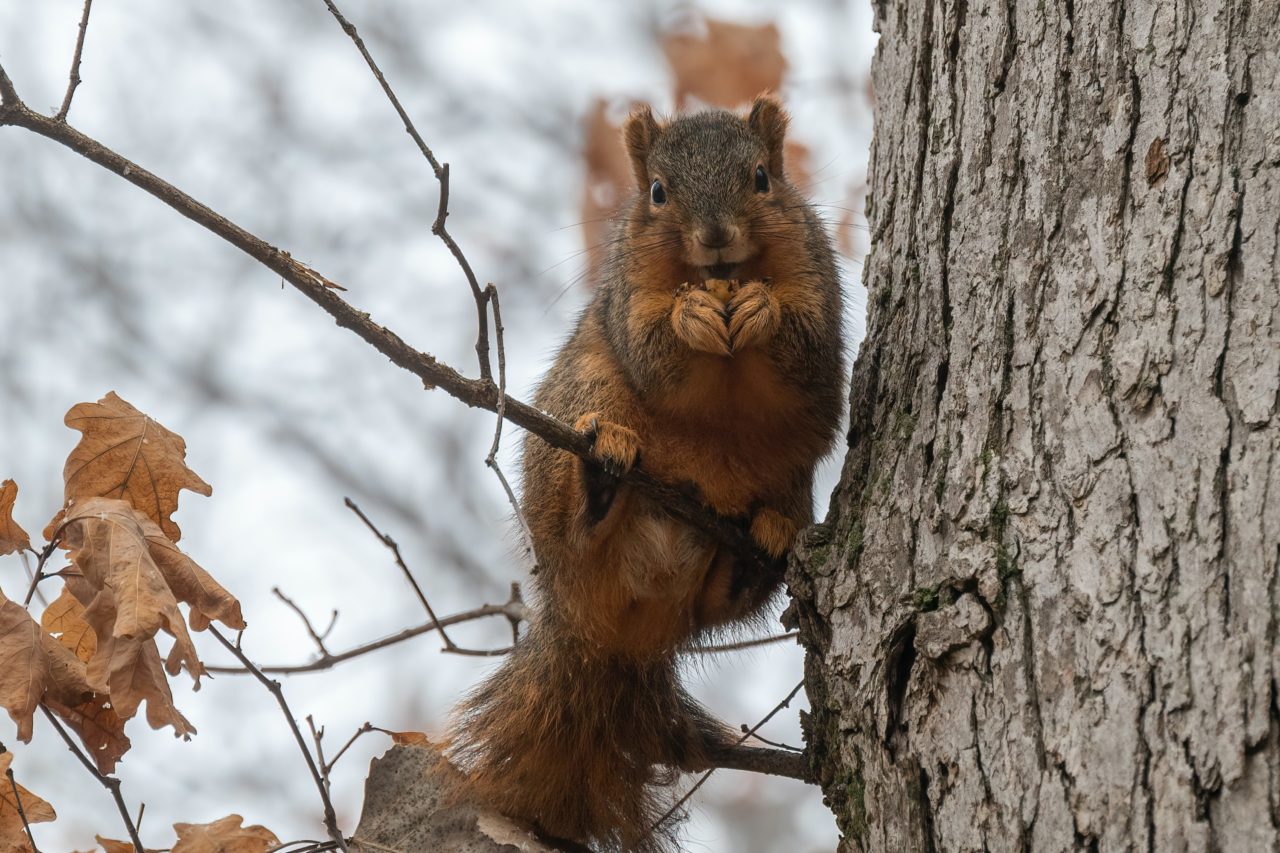As winter approaches, we prepare plants for the cold. Generations of gardeners have added a light layer of mulch to protect less hardy species during the colder months. Climate change brings increasingly unpredictable weather––frequent thaws, frigid lows, min-springtimes in January––and gardens are up against new threats. A bit of mulch on a few plants just doesn’t cut it anymore. So how exactly can you prepare your flora for this rollercoaster? Though we can’t predict what winter has in store, these steps will ensure that your plants will be ready for whatever the weather brings!
Mulch Everything
Without consistent and reliable snow cover (aka “poor man’s mulch”), almost every plant will benefit from having its root zone covered. Ground freezes and thaws more frequently when left unprotected, which causes heaving plants and freezes tender underground vegetation. To avoid this, mulch your plants––just be sure you don’t suffocate the trunks!

Pick Mulch to Match Plants
Leaves, evergreen boughs, mulch and compost are all great choices and have different pros and cons. To protect ornamentals in a garden bed, we vouch for straight compost applied thickly and evenly around root zones after the ground has chilled or frozen. The most vulnerable species include clematis, roses, peonies and some sub-shrubs. Compost can then be pulled away and spread around the garden bed in early spring, a two for one deal of protection and feeding. For native and woodland plantings, it’s best to leave the leaves as protection and wait till early spring to clean them up, if at all.
Take It Inside
It’s a good idea to bring any plants in pots inside for the winter. Plants in pots are especially prone to damage because the roots don’t have 360 degrees of insolation like they would if they were planted in the ground. If you don’t have space in your house for them, that’s okay. A warm indoor spot that is ideal, but they’ll be better off in an unheated garage or basement than they would be out in the elements.


Cover It Up
Of course, some plants can’t be brought indoors. For extra protection, cover these vulnerable species with tented burlap or a garden tarp. The cloth should be close-–but not touching––the plant, so we recommend creating a frame on which to attach it. This creates an extra layer of insolation, and ensures that a layer of ice or snow won’t damage the plant. This is especially helpful for varieties like French lavender that can survive a mild winter but not a cold one.
Protect Your Orchard
Fruit trees benefit from a little extra attention this time of year. Early winter is the perfect time to prune. Woodland creatures get hungry during the winter, so taking precautions to protect your orchard from peckish deer and rodents goes a long way. This post explains 4 winter-prep essentials to keep fruit trees healthy for years to come.
Save Your Bulbs
Though daffodil and tulip bulbs usually survive winter weather, many bulbs do not. But you don’t need to buy new ones each spring! Carefully dig them up, dry them, and store them in a cool (not freezing!) dry place for the winter; they’ll be ready to plant again in the spring. This article walks you through it.

Want help pruning your ornamental & fruit trees? Dreaming up new backyard projects for the spring?
Our team at Nature Works Land Care is here to help!


